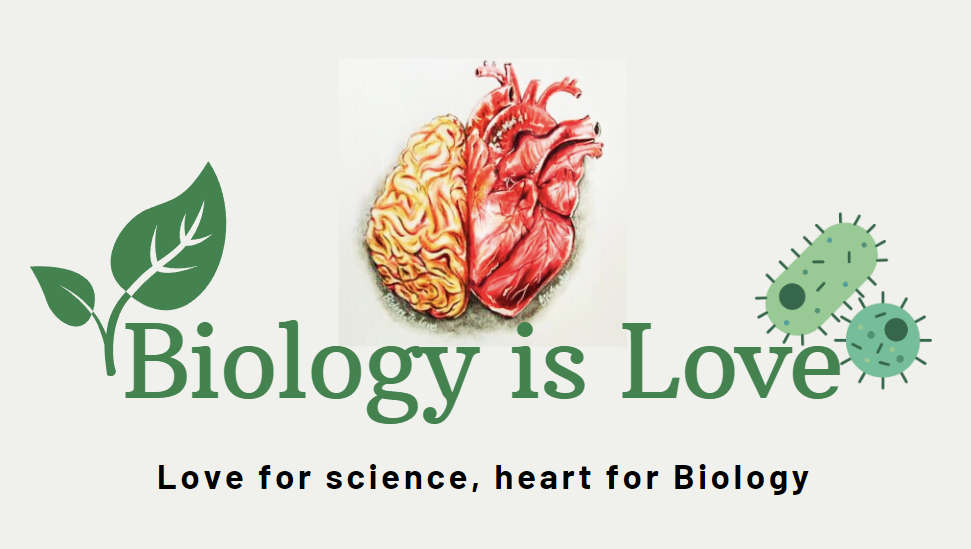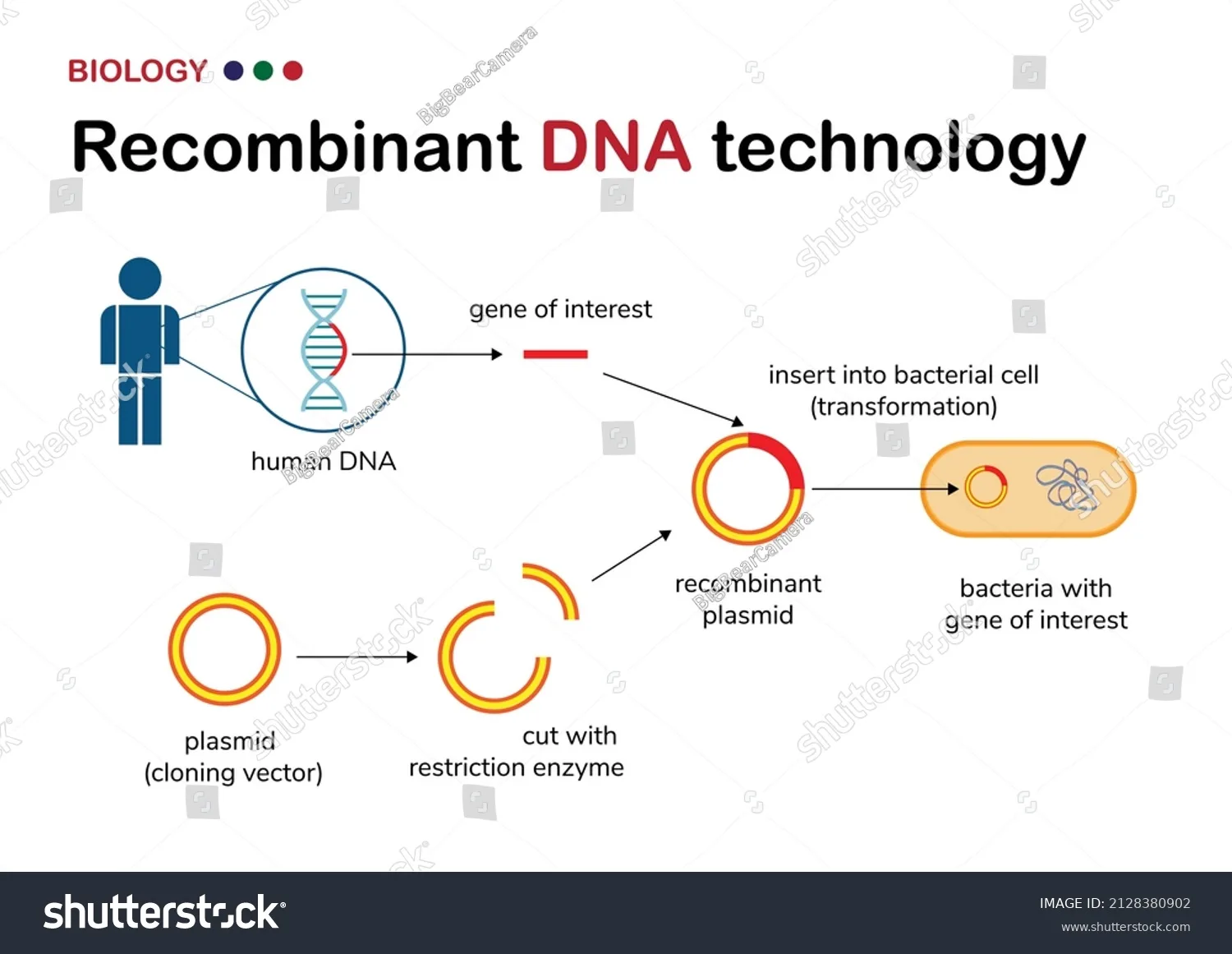What is Recombinant DNA technology?
RDT is a series of procedures that is used to join together (recombine) DNA segments from different organisms and inserting it into a host organism to produce new genetic combinations.
What is called Recombinant DNA?
Recombinant DNA (rDNA) is molecules of DNA from two different species that are inserted into a host organism to produce new genetic combinations that are of value to science, medicine, agriculture, and industry.

Recombinant DNA in a living organism was first achieved in 1973 by Herbert Boyer, of the University of California at San Francisco, and Stanley Cohen, at Stanford University, who used E. coli restriction enzymes to insert foreign DNA into plasmids.
What is the basic use of RDT?
Using RDT we can get a huge no of copies/clones of a particular gene or DNA(cloning) by using cloning vectors or we can produce our desired protein inside a host cell by using expression vectors.
STEPS OF RDT:
1. Isolation of the gene/DNA:
The 1st step of RDT is the generation of DNA fragments using restriction enzymes and selection of desired piece of pure DNA i.e. free from other macromolecules, from chromosome.
Restriction enzymes basically act as molecular scissors(shown in Fig-1) that cut DNA at specific location. These reactions are called ‘restriction enzyme digestions’. They involve the incubation of the purified DNA with the selected restriction enzyme, at conditions optimal for that specific enzyme.
The vector DNA is also processed using the same restriction enzyme(As each RE cuts in specific locations,so if we treat the vector with other RE , joining of the dna and vector may not be possible).

2. Ligation of DNA molecule and vector:
The 2nd step is insertion of the DNA (to be cloned or expressed) into a vector(which acts as a vehicle for the selected DNA to get into the host cell and to be replicated inside the host cell) to form the recombinant DNA.
The purified DNA and the vector of interest are cut with the same restriction enzyme,which gives us the cut fragment of DNA and the cut vector, that is now open.The process of joining these two pieces together using the enzyme ‘DNA ligase’ is ‘ligation’.
The resulting DNA molecule is a hybrid of two DNA molecules – the interest molecule and the vector. In the terminology of genetics this intermixing of different DNA strands is called recombination.
Hence, this new hybrid DNA molecule is also called a recombinant DNA molecule and the technology is referred to as the recombinant DNA technology.

3. Introduction of the recombinant DNA(rDNA) into the host cell:
In this step, the recombinant DNA is introduced into a recipient host cell mostly, a bacterial cell. This process is ‘Transformation’. Bacterial cells do not accept foreign DNA easily. Therefore, they are treated to make them ‘competent’ to accept new DNA. The processes used may be thermal shock, Ca++ ion treatment, electroporation etc.

4. Isolation of the clones containing the rDNA:
Now as the host cell divides, with increasing no of cells the no of rDNA also increases in the medium i.e, we started getting clones and if these cells contains appropriate elements for expression of the gene then we get desired product from the cells.

Recombinant DNA Tech is used to produce human insulin:
At first the gene for insulin is isolated from human cell by treating with appropriate restriction enzyme. And plasmids are also cut with the same restriction enzymes as the DNA,which will allow the DNA to be fixed into the plasmid by DNA ligase.
The plasmids are then incubated with a weakened strain of E. coli. Since only some of the bacteria will take up the plasmid,a gene encoding an enzyme which breaks down a certain antibiotic is also included in the plasmid, which allows bacteria with the plasmid to grow on a plate containing the antibiotic while the other bacteria die.
These bacteria are then allowed to grow and replicate, which allows the plasmid and the insulin gene to replicate millions of times.
Then the bacteria are given a signal to produce the protein, and insulin identical to that of humans can be produced and purified.
This insulin, which is abtly named HUMULIN, can then be used to treat many people with type I diabetes without the worry of allergic reaction.

What are the applications of RDT?
I. Recombinant DNA is widely used in biotechnology, medicine and research.
II. The most common application of recombinant DNA is in basic research, in which the technology is important to most current work in the biological and biomedical sciences.
III. Recombinant DNA is used to identify, map and sequence genes, and to determine their function.
IV. Recombinant proteins are widely used as reagents in laboratory experiments and to generate antibody probes for examining protein synthesis within cells and organisms.
V. Many additional practical applications of recombinant DNA are found in industry, food production, human and veterinary medicine, agriculture, and bioengineering.
👉CLICK HERE TO KNOW IN DETAILS ABOUT CLONING VECTOR

